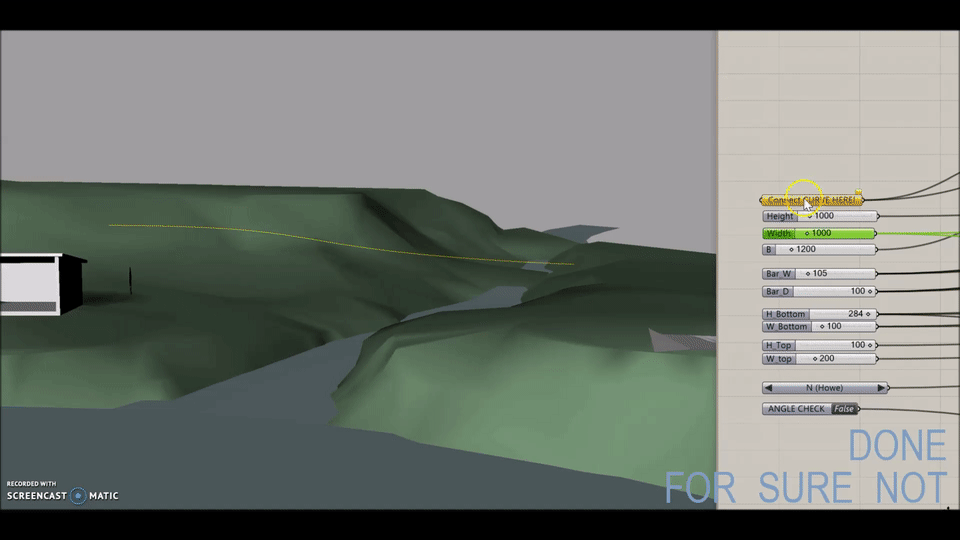Bridge Generator algorithm - Research - Conceptual Structural Design - Department of Structural Engineering
-
Research
- Structural Mechanics
-
Conceptual Structural Design
- Personnel
-
Research
- Orkla bridges (2016)
- Trondheim gridshell (2015)
- Trondheim HolzBau Pier (2014)
- Rjukan Torgstova (2013)
- Functionality of form
- Parametric modelling
- Modern engineering design
- Digital production and assembly
- Bridge generator algorithm
- Virtual reality
- PrintShell (2016)
- Footbridge Berlin (2017)
- Parametric Camp
- Publications
- Project and master theses
- Newsletter
- SIMLab
- Concrete
Bridge generator algorithm
Bridge generator algorithm
– A conceptual structural design mind set of the Orkla Bridges case study

The use of the conceptual structural design mind set is implemented to a set of articulated architectural parameters, structural engineering demands and production constraints. The bridge generator is both sight specific and contextual dependent but aims to fulfil the desire of real-time design. This may take place on different levels of detailing and is indented to help architect and engineer to ensure simultaneous solution outcome. The basis of the implementation is that efficient glulam truss-bridges will largely be standardized, where the process making them is slowed down by redundant work.
This research on timber truss bridges focus on the potential for architects, engineers and manufacturers to use a shared parametric framework when building truss brides. The main goal is to establish a new parametric approach that not necessarily makes the process shorter or faster, but more flexible and accurate, fulfilling the needs of all participants in the building process. Such an interdisciplinary parametric framework is intended to be the next step into mass customization in architectural engineering.
In theory, designing a general bridge generator is possible, but practically unrealistic. The design space is literally infinite without any limitations. However, an algorithm for building up glulam truss bridges has been developed in an ongoing project of designing and building two pedestrian bridges in Orkdal, Norway. The truss algorithm was established using a realistically small design space, but at the same time maintaining flexibility concerning bridge type.

Projects:
There are currently two PhD candidates working on the conceptual structure design implementation used with timber truss bridges in the parametric framework:
References:
Mork J.H., Luczkowski M., Dyvik S.H., Manum B., Rønnquist A. (2016) Generating timber truss bridges - examining the potential of an interdisciplinary parametric framework for architectural engineering, accepted, IABSE Conference, Stockholm, 2016.
